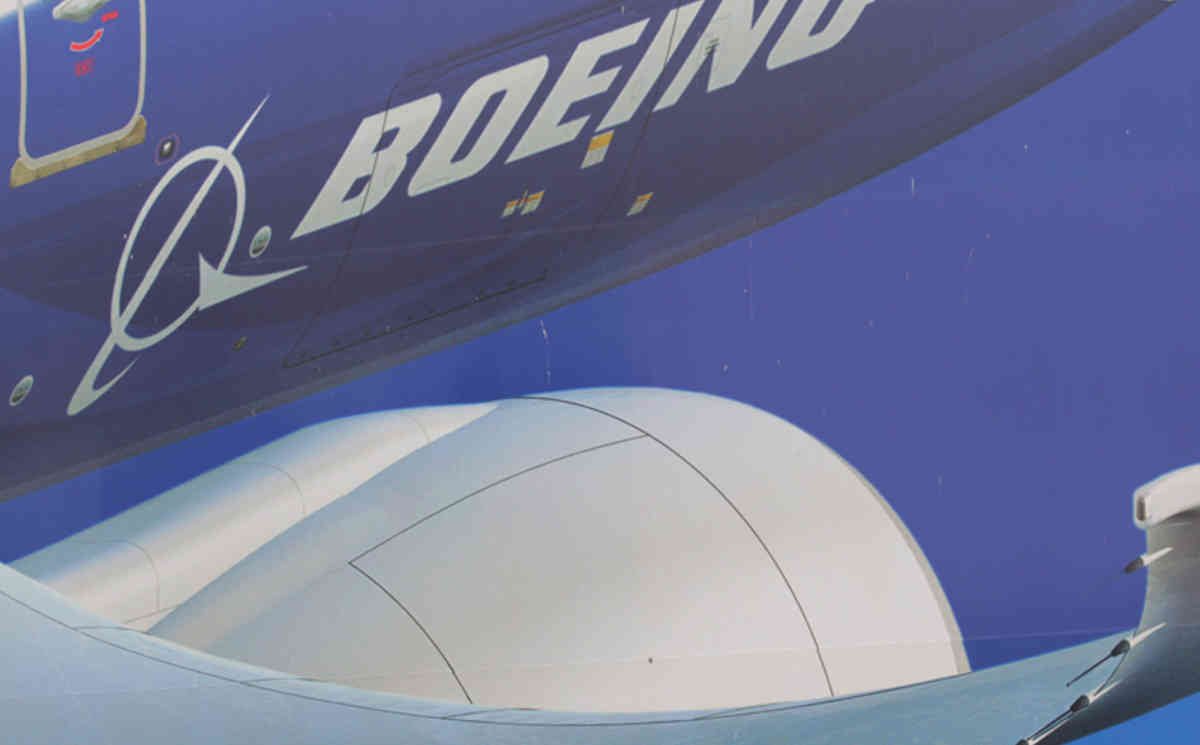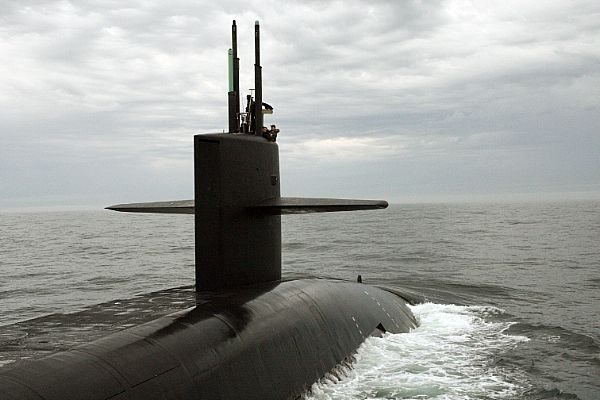New York: Boeing aircraft orders fell by nearly half in 2015 even as deliveries rose to an annual record, the aerospace giant said Thursday.
Boeing said that net orders for new commercial aircraft dropped to 768 last year from 1,432 in 2014, putting it behind rival Airbus, which is expected to report well over 1,000 orders for last year.
But, encouraged by continued healthy passenger growth in the airline industry and sharply lower fuel prices, Boeing was able to step up production and increase commercial aircraft deliveries to 762, slightly above its own forecasts and bettering the previous record of 723 deliveries in 2014.
In deliveries, Boeing was expected to best Airbus, which appeared on track to turn over about 635 aircraft to customers for the whole of 2015, up just six from a year earlier. The European company is slated to publish its figures on January 12.
The deliveries underscore another likely banner year for the Chicago-based Boeing’s earnings. Full-year financial numbers will not be released for several more weeks, but third-quarter revenues were up 8.7 percent from a year earlier and net earnings were 25.1 percent higher.
Boeing has forecast 2015 revenues for its Commercial Airplanes division in a $65-66 billion range, up from $60 billion in 2014.
“We had a solid year of orders in 2015, maintaining a strong, balanced backlog that will help ensure a steady stream of deliveries for years to come,” said Boeing Commercial Airplanes president and chief executive Ray Conner.
Boeing shares were down 4.0 percent at $133.26 in afternoon trade amid a broader selloff on Wall Street.
– Large order backlog –
Boeing highlighted its delivery record on Thursday, as a metric of performance that represents firm, paid-for orders.
Deliveries have taken on more importance because both Boeing and Airbus have large order backlogs that have raised questions about their capacity to keep to their respective production calendars.
On December 31, Boeing’s backlog of orders stood at 5,795, representing more than seven and a half years of production at the current rate.
Both manufacturers have boosted the pace of production of their medium and long-range aircraft to keep up with demand.
Boeing has ramped up production by 60 percent over the past five years. The company said Thursday it would step up the current pace of 63 aircraft per month to more than 70 in 2017.
Output of its popular 737 passenger jet will rise from 42 per month to 52 a month in 2018.
Production of the 787 Dreamliner, built largely with lightweight composite materials that reduce fuel use, will rise from a current 10 per month rate to 14 by 2020.
“Our team did a fantastic job achieving higher deliveries and getting our products to our customers as quickly and efficiently as possible. This will continue to be our focus,” Conner said.
While it was likely Boeing will beat Airbus in deliveries in 2015, the France-based rival will outshine in net orders.
As of November 30, Airbus, which set an industry record with 1,503 orders in 2013, had booked 1,007 net orders thanks largely to its best-selling A320, which dominates the medium-range market.











